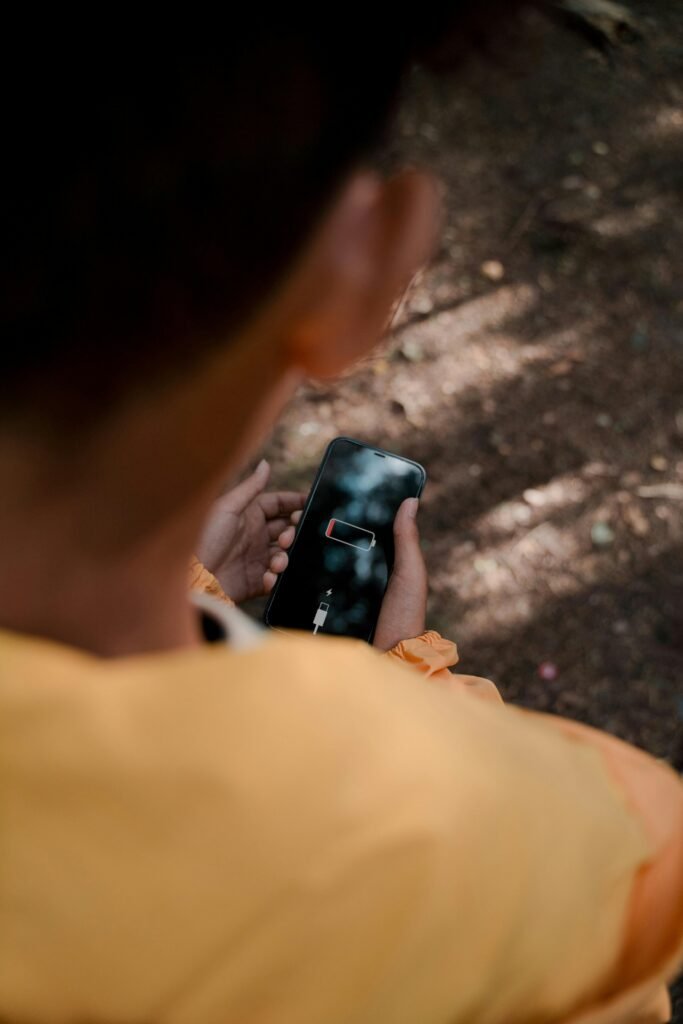Last updated: July 2025
What to Do When you are lost?
If you’ve ever suddenly realized you’re not where you thought you were on the trail, you know the panic that can come with the realization. Whether it’s a missed turn, a washed-out trail, or simply wandering off to explore—getting lost on a hike happens to even experienced hikers.
The good news? With a calm mindset and a few key steps, you can often turn things around safely. In this guide, we’ll cover what to do when you’re lost hiking, common trail navigation mistakes that lead to it, and how to prevent it from happening in the first place.
Table of Contents
*This post may contain affiliate links. If you use them, I may earn a small commission at no extra cost to you.
First, Don’t Panic
The worst thing you can do when lost is panic and start walking aimlessly. Take a breath. Sit down if you need to. Most hiking emergencies escalate because people try to “hike their way out” in the wrong direction.

What to Do When You’re Lost Hiking: The STOP Method
The STOP method is a proven process that wilderness experts and search & rescue teams recommend:
S – Stop
Stop moving. Don’t keep walking—you might be heading farther from the trail or help.
T – Think
Ask yourself: When and where did you last feel confident about your location? Were there landmarks, trail signs, stream crossings?
O – Observe
Take stock of your surroundings:
- Can you see any familiar features?
- Do you hear voices, water, traffic?
- Check your map, compass, or GPS (if you have one).
- Look for your own footprints or signs of the trail.
P – Plan
Use the info you’ve gathered to make a deliberate plan:
- Try to retrace your steps only if it’s safe and you’re confident.
- If not, stay put and prepare to signal for help.
Bonus tip: Lost hikers are often found within a mile of the trail—they just wandered slightly off track. Staying put increases your chances of being found quickly.
Top Trail Navigation Mistakes That Get Hikers Lost
- Ignoring Trail Markers or Maps
Easy to do when the scenery is pretty! Stay alert and check signs at intersections. - Not Downloading Offline Maps
Apps like Gaia GPS, AllTrails, and FarOut let you use maps even with no signal. - Relying Only on Technology
GPS can fail. Carry a paper map and compass, and know the basics of using them. - Cutting Off-Trail or Bushwhacking
Shortcut = trouble. Trails exist for a reason. Stick to them. - Hiking Late Without a Ligh
Losing daylight is one of the fastest ways to get disoriented. Always pack a headlamp, even on short hikes.
More about hiking mistakes: 10 Common Beginner Hiking Mistakes (And How to Avoid Them)

How to Signal for Help
If you’re truly lost and can’t get back on track, it’s time to alert others.
Signaling Tools:
- Whistle: Blow in bursts of three (standard distress signal).
- Bright Clothing or Gear: Lay it out in an open area.
- Mirror or Phone Flashlight: Reflect sunlight to catch attention.
- Message Tools: If you have a satellite messenger (like a Garmin inReach Mini), use it to send your location or trigger SOS.
Pro tip: Staying put makes it easier for rescuers to find you based on your last known location.
If You Decide to Move, Do It Smartly
Sometimes, staying put isn’t an option—weather, exposure, or lack of water might force you to move.
- Stick to open terrain if you must move—follow ridgelines, dry riverbeds, or game trails.
- Leave signs of your direction (rock arrows, marks on logs) so rescuers can follow.
- Avoid going downhill endlessly. You might end up in a canyon or steep ravine.
How to Prevent Getting Lost on a Hike
Here’s your personal “don’t-get-lost” checklist:
✅ Study your map before the hike
✅ Download GPS maps offline
✅ Tell someone your route + return time
✅ Pack a compass + basic first aid
✅ Pay attention to trail blazes or cairns
✅ Mark tricky trail junctions in your memory
✅ Turn around if the trail becomes unclear
Recommended Gear:
- 🗺️ National Geographic Topo Maps – Printed trail maps for most U.S. areas
- 🧭 Suunto MC-2 Compass – Reliable and accurate
- 🔦 Black Diamond Spot 400 Headlamp – Must-have for dusk or night recovery
- 📡 Garmin inReach Mini 2 – GPS + SOS for remote trails
Final Thoughts: Confidence Through Preparedness
Getting lost on a hike is scary—but it’s survivable if you stay calm and act wisely. Learn from common trail navigation mistakes, pack tools that keep you safe, and never be afraid to turn back.
Being prepared doesn’t take the adventure out of hiking—it lets you enjoy the trail knowing you’ve got your own back.
Related reading:

Leave a Reply